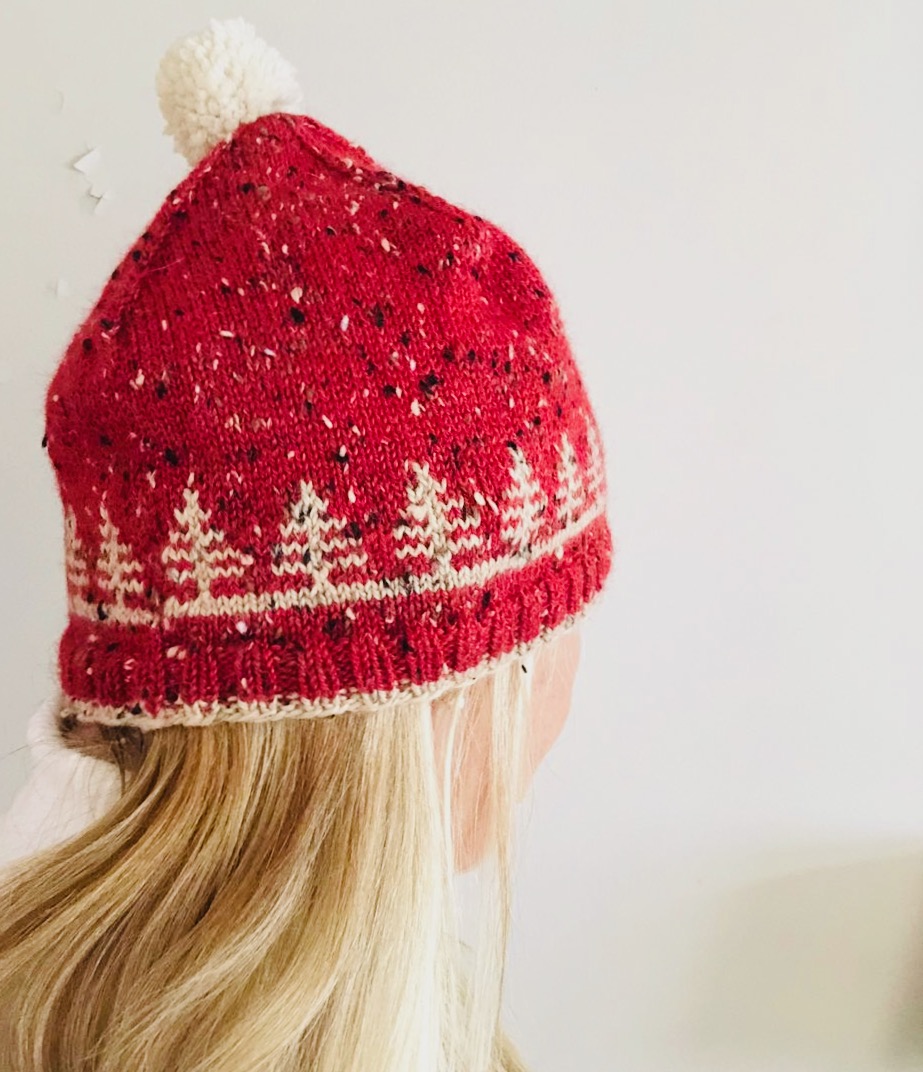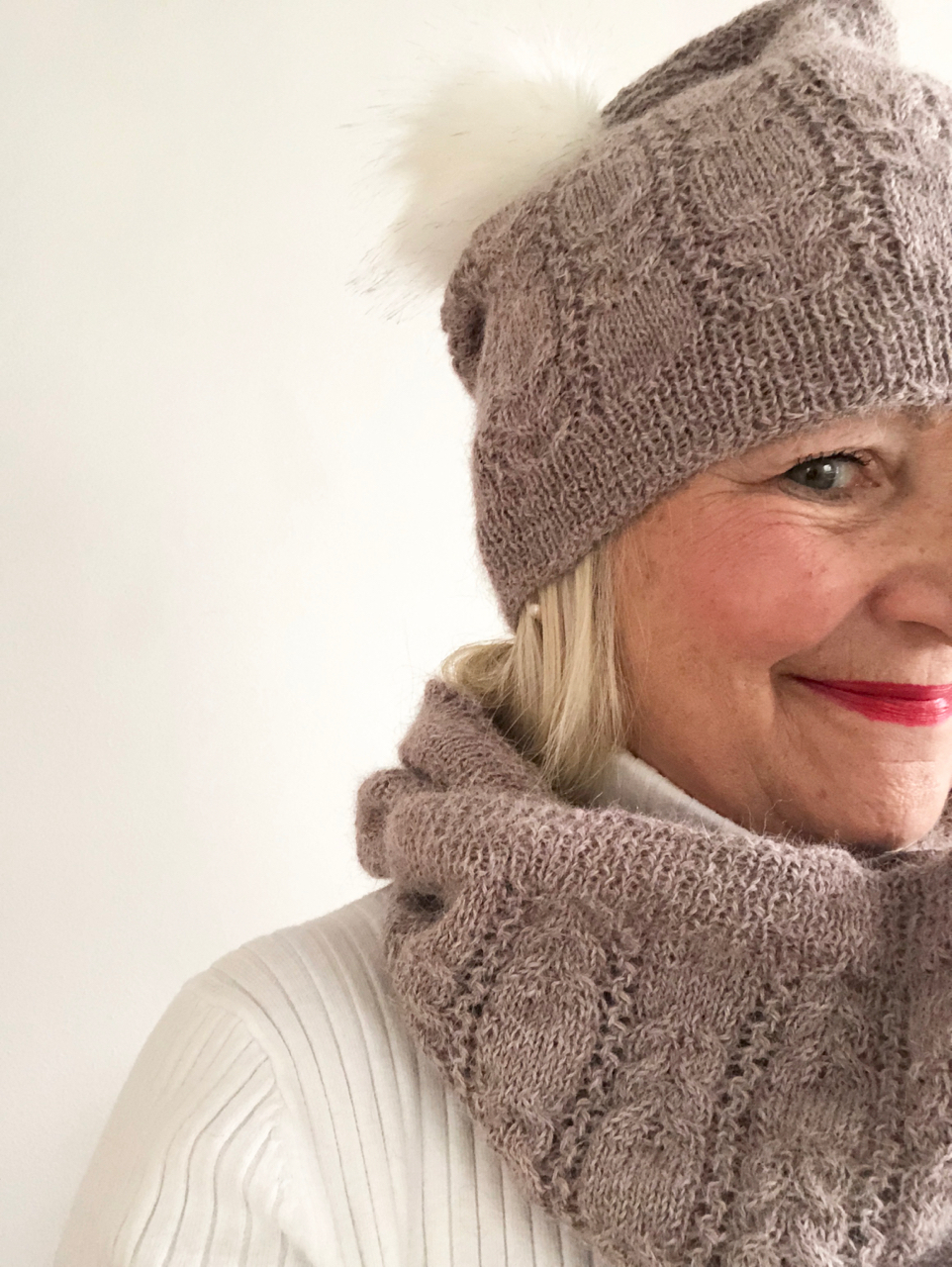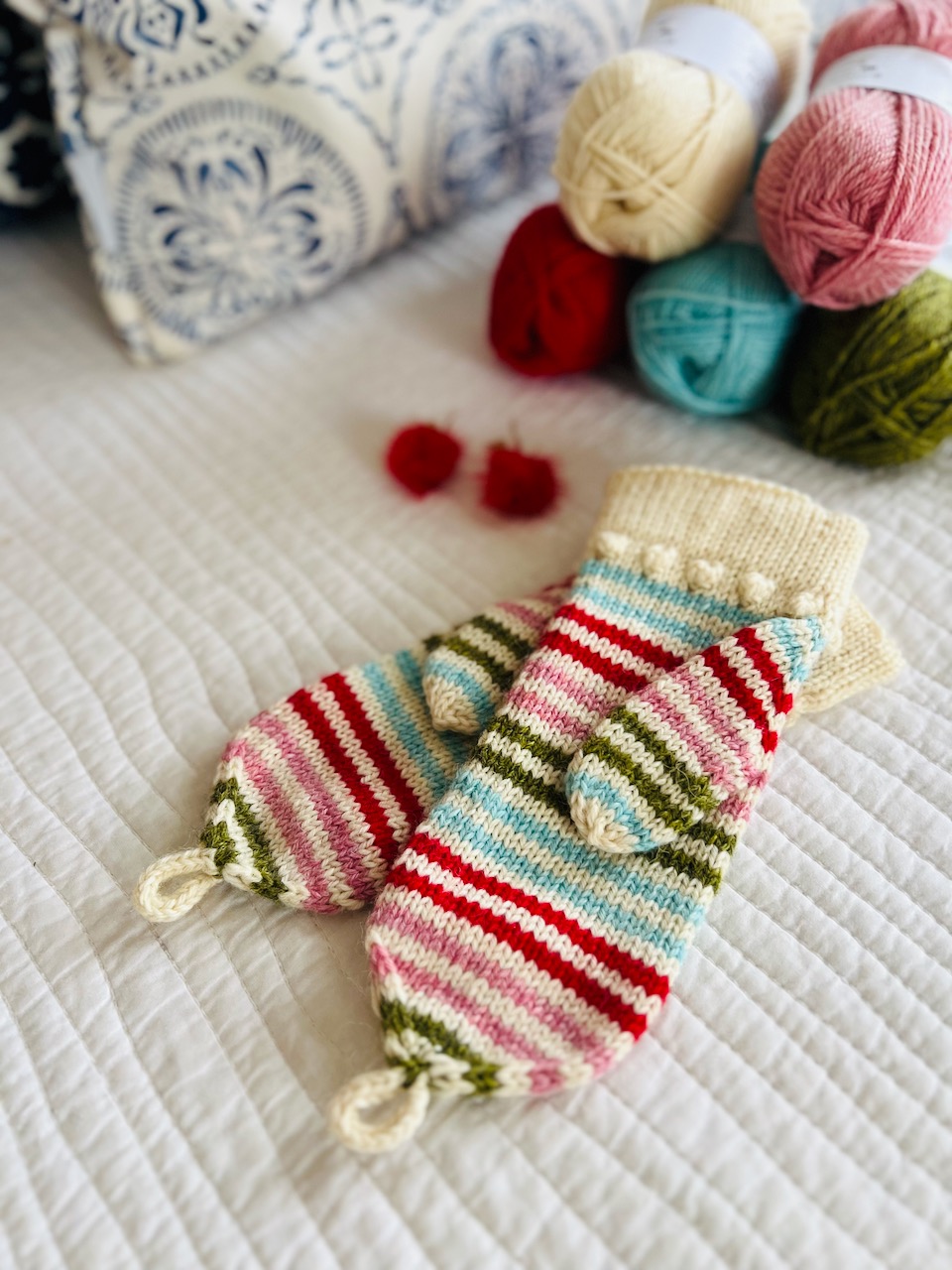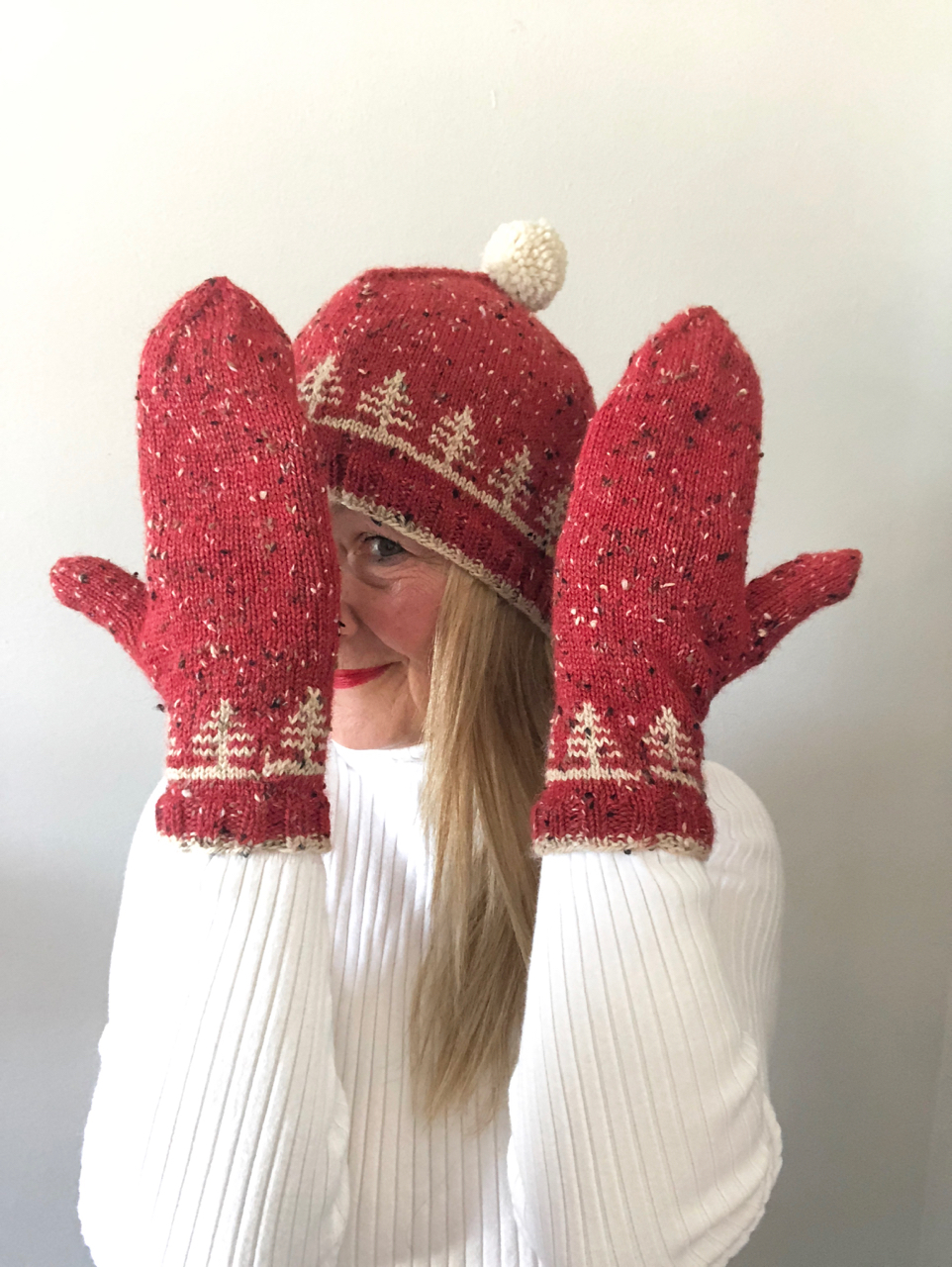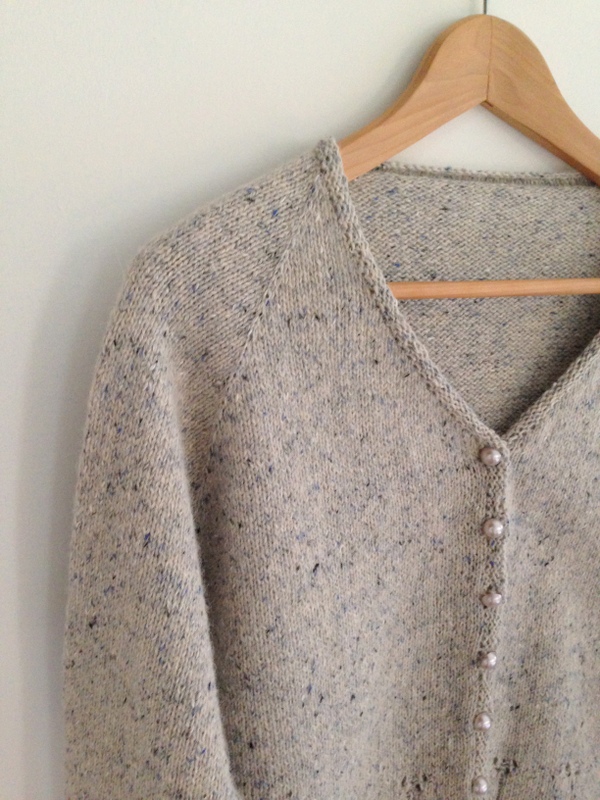As you may have noticed, I love hemmed edges for knits. Over the years I’ve used them in all sorts of applications from sweater hems to hat brims. They’re easy to substitute for ribbing, garter or moss stitch edges anywhere you’d like a clean, roll-proof edge.
In fact, hemmed edges are some of cleanest edge treatments for knitted garments and accessories. They impart a polished and masterly finish that is elegant, minimalist and exceptionally roll-resistant. Hems can be faced in contrast colors when you want to add an unexpected pop and shaped when you want to create an interesting hem profile. Once you’ve acquired a few basic skills, hemmed edges are a simple but useful addition to your knitter’s toolbox.
I’m sure you’ve seen these edges used on both hand knitted and manufactured garments. They’re quite common and very easy to achieve.
ROLLED RIB

Probably the most common hemmed edge is rolled rib. I’ve used it here for my Lucca pullover. This fold-over neck treatment is usually used to finish the neck edges of pullovers. You could substitute this treatment for a standard crewneck or turtleneck when you want more of a formal finish. It’s very easy to do…
- Pick up stitches at neck edge.
- Work a ribbed neckband twice the length of the desired finished edge.
- Fold the neckband to the inside.
- One at a time, pick up stitches at the base of the ribbing and bind off with neckband stitches. Alternatively, the neckband can be bound off loosely and stitched in place at the base of the ribbing, just make sure you keep the bind off and stitching nice and loose.
FACED HEM
I love knitting faced hems in contrast colors. The brim of a hat or the edge of a sweater can add a semi-secret pop of color. I used red to face the brim when I knit the Amaryllis Hat by Mary Ann Stephens. It’s a little unexpected because red did not appear anywhere else in this four-color hat. I’ve used the element of surprise again in my Egret Hat & Mitts, using a red facing against a fairly neutral pattern of stranded color work. The Egret Hat & Mitts are 30% off this week in my Ravelry shop, btw! Use the coupon code FACINGS2 through Friday, January 28.
For a two-color faced hem, you’ll want to aim for a nice, crisply turned edge. This makes for a clean color transition and creates a handsome beaded edge. A row of purl stitches between the two fields of stockinette works beautifully as a turning row. You can work this row in the main color or in the facing color depending on which color you’d like to see on the outside of the item.

I’ve chosen to hint at the facing color by working my turning row in red for the Egret Hat. I like that thin red line at the hem edge because it matches the red bind off I’ve used at the finger edge.
For the Egret Hat, I wanted my colorful hem facing to extend to the full length of the color work brim. To ensure that my hem was exactly the right length, I worked 29 rows in red, then worked 28 of 29 rows of the color work chart. To complete the hemming process, I picked up the hem stitches one at a time along the cast on edge, then worked them together with the last chart row. (Take a peek at the video tutorial at the end of this post.) Alternatively, the hem can simply be bound off loosely and stitched in place.
ROLLED HEM
A softer hemmed edge can be achieved by eliminating the turning round and simply folding back the hem as I’ve done with the Mended Heart Hat & Socks. This rounded edge is best worked in one color, bound off loosely and stitched in place.
PICOT HEM
Here’s a hemmed edge that really adds character and detail to the borders of knitted work. It involves working a different sort of turning row that is so easy, you won’t believe it! Once you’ve worked the desired number of hem rows, work a turning row over an even number of stitches as follows:
Turning Row/Rnd: *K2tog, yo; rep from * to end.
It will look like this:

Before turning… 
After turning
As you can see, those little eyelets turn into very pretty picot scallops! I’ve used this technique on the neck edge and hem of my Marion Tee and along the edges of my Caroline Cardigan.
For most hem treatments, I like to use this nifty technique for knitting in a hem. This makes for a clean looking hem that is much more even than those that are stitched in place after the fact. I think it’s easier and it looks so nicely finished on the inside.
So! Next time you want to replace a ribbed edge with something new, consider hemmed edges!















